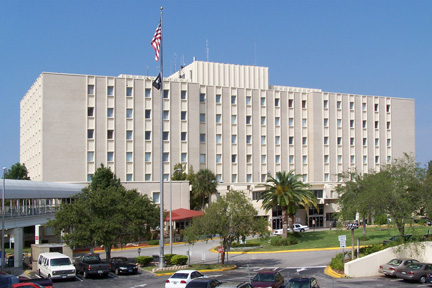Facilities Check List
Practical, step-by-step guides for the busy FM
December 2000
Motivating Employees Through Maslow’s Hierarchy of Needs
Psychologist Abraham Maslow proposed that all people seek to satisfy five basic kinds of needs: physiological needs, safetyneeds, belongingness needs, esteem needs and self-actualization needs. He suggested that these needs constitute a hierarchy ofneeds, with the most basic or compelling needs—physiological and safety needs—at the bottom.
Maslow argued that the lowest-level needs must be met before a person will try to satisfy needs higher up in the hierarchy,such as self-esteem needs. According to the theory, the lowest level of unmet needs in the hierarchy is the prime motivator ofbehavior. If and when this level is satisfied, needs at the next level in the hierarchy will begin to motivate behavior.
Under this theory, individual growth is key to an organization’s success. Supervisors must attempt to identify individualemployee needs and foster employee job satisfaction. If they do so, employees will progress toward self-actualization, and willimprove the organization in the process. Following is a partial list of the various rewards, practices, and programs thatsupervisors and their organizations may use to satisfy employee needs.
Physiological (Basic) Needs
- Furnish a pleasant and comfortable environment
- Provide for a “comfortable” salary
Security Needs
- Adhere to safety rules and regulations
- Minimize layoffs and downsizing
- Provide well-defined job descriptions
- Minimize negative stroking and threatening behavior
- Provide information about the firm’s financial status and projections
- Provide “just” compensation and supportive fringe benefits
Social Needs
- Encourage the team concept to execute projects
- Systematically use job satisfaction surveys
- Sponsor office business and social meetings
- Provide close personal leadership
- Encourage participation in professional and community groups
- Compensate on the basis of total team performance
Self-Esteem Needs
- Include employees in goal-setting and decision-making processes
- Provide opportunities to display skills and talents
- Provide recognition symbols—for example, print names on stationery
- Provide opportunities for coaching and development
- Use a positive reinforcement program
- Pay attention to office size, office location, parking spaces, and other perks
- Institute a mentor system
- Compensate as a recognition of growth
Self-Actualization Needs
- Provide for participation in goal-setting and decision-making processes
- Provide opportunities and support for a career-development plan
- Provide job rotation to broaden experience and exposure
- Offer optimal innovative and risk-taking opportunities
- Encourage direct-access communication with clients, customers, suppliers, and vendors
- Provide challenging internal and external professional development opportunities
- Provide supportive leadership that encourages a high degree of self-control
- Compensate as a reward for exceptional performance.
This installment of FM Check List is adapted from BOMI Institute’s Administration,(www.bomi-edu.org/12121.html), a course in BOMI Institute’s Systems Maintenance Administrator (SMA)program.




